Hyperpigmentation can feel like an uphill battle, but finding the best cure for hyperpigmentation doesn’t have to be complicated. Whether it’s sun damage, acne scars, or hormonal changes, the best treatments can make a significant difference, and these effective treatments are within reach. Let’s dive into the world of hyperpigmentation treatments and explore how to achieve a more even complexion.
Understanding Hyperpigmentation: More Than Skin Deep
Dark areas are the result of hyperpigmentation, which happens when the skin generates too much melanin. Sun exposure, inflammation, and hormonal fluctuations can all contribute to this. To effectively treat hyperpigmentation, it’s crucial to identify the type you’re dealing with. Here’s a deeper look:
- Melasma: Often triggered by hormonal changes, common in pregnant women.
- Sunspots: Caused by prolonged sun exposure.
- Post-inflammatory hyperpigmentation (PIH): Results from skin injury or inflammation, like acne.
Knowing the cause helps in choosing the best treatment for hyperpigmentation.
Best Cure for Hyperpigmentation
For significant or stubborn hyperpigmentation, professional treatments are often the best route. Here are some effective in-office procedures:
1. Chemical Peels
Chemical peels use acid solutions to exfoliate the skin, reducing hyperpigmentation.
Expert Tip: Always consult with a dermatologist for the right type of peel for your skin.
2. Dermabrasion and Microdermabrasion
The uppermost layer of the skin is exfoliated during these operations. Microdermabrasion is kinder and better suited for fragile skin than dermabrasion, which is more intense.
Expert Tip: Professional supervision is essential to avoid complications.
3. Laser Treatments
Laser treatments focus and break every melanin in the skin.
Expert Tip: Multiple sessions might be needed, and post-treatment sun protection is crucial.
4. Intense Pulsed Light (IPL) Therapy
IPL therapy targets melanin and reduces dark spots through light-based technology.
Expert Tip: It’s important to avoid sun exposure and use sun protection diligently after treatment.
5. Fractional Laser Resurfacing
This advanced treatment uses fractional lasers to target deeper layers of the skin, promoting collagen production and reducing hyperpigmentation.
Expert Tip: Expect some downtime and follow post-procedure care instructions carefully.
For more details on professional treatments, check out Dr. Whitney Bowe’s advice and AAD’s guidelines.
Crafting the Best Hyperpigmentation Cure Plan
Choosing the best cure for hyperpigmentation involves several key considerations:
- Consult with a Dermatologist: Personalized advice ensures you’re using the right treatments for your skin type and condition.
- Sustainable Skincare Regimen: Consistency is key. Incorporate products gradually and stick to a routine that maintains results.
- Diet and Lifestyle: Healthy skin often starts from within. A balanced diet rich in antioxidants can support skin health and reduce hyperpigmentation.
Harnessing Nature: Exploring Natural Remedies for Hyperpigmentation
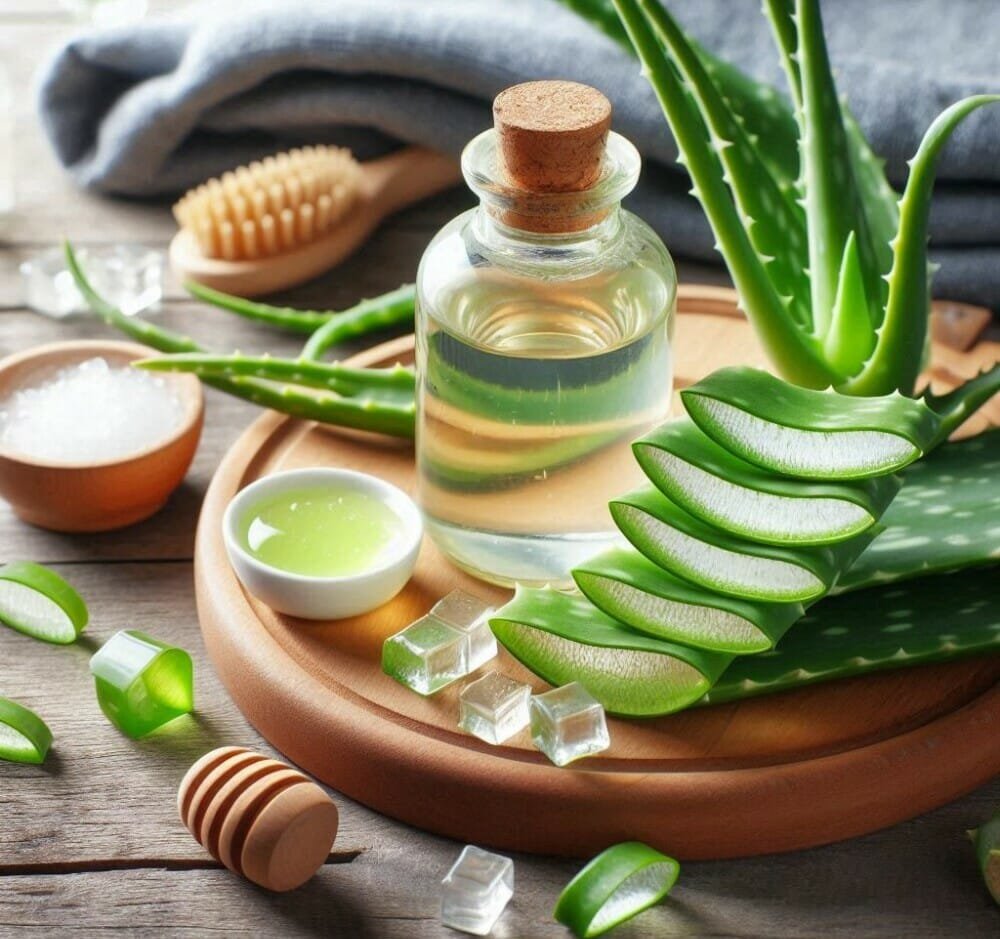
Natural remedies can be a gentle and effective way to treat hyperpigmentation.
- Apple Cider Vinegar (ACV): Contains acetic acid, which acts as a mild chemical peel.
- Expert Tip: Dilute with water before applying.
- Aloe Vera: Known for its soothing properties and gradual lightening effect.
- Expert Tip: Use fresh aloe vera gel.
- Vitamin C: This reduces pigmentation and brightens the skin.
- Expert Tip: Look for stable vitamin C derivatives in products.
- Sun Protection: Use broad-spectrum SPF daily to prevent further darkening.
- Licorice Extract: Helps in lightening dark spots and soothing inflammation.
- Expert Tip: Look for creams or serums containing licorice extract.
- Green Tea Extract: Contains antioxidants that can help reduce melanin production.
- Expert Tip: Apply green tea extract directly to the skin or use products containing it.
- Turmeric: This known for its anti-inflammatory and skin-lightening properties.
- Expert Tip: Make a paste with turmeric and yogurt, apply to the affected areas, and rinse after 15 minutes.
Topical Solutions: Creams and Serums That Fade Dark Spots
Topical treatments are often the best first line of defense against hyperpigmentation. Here are a few ingredients that work well:
- Vitamin A derivative (retinoids): slow down melanin production. To prevent irritation, start with a modest level of concentration.
- Face Acids: Products with glycolic acid, salicylic acid, or lactic acid exfoliate and brighten the skin. Always patch test before regular use.
- Lightening Creams or Gels: Ingredients like kojic acid, vitamin C, and azelaic acid can lighten dark spots. Consistent use is essential.
- Niacinamide: vitamin B3 that helps reduce pigmentation and improve skin barrier function.
- Expert Tip: Incorporate niacinamide gradually into your routine.
- Tranexamic Acid: An emerging ingredient known for its ability to lighten dark spots and improve overall skin tone.
- Expert Tip: Use products with tranexamic acid as part of your nightly skincare routine.
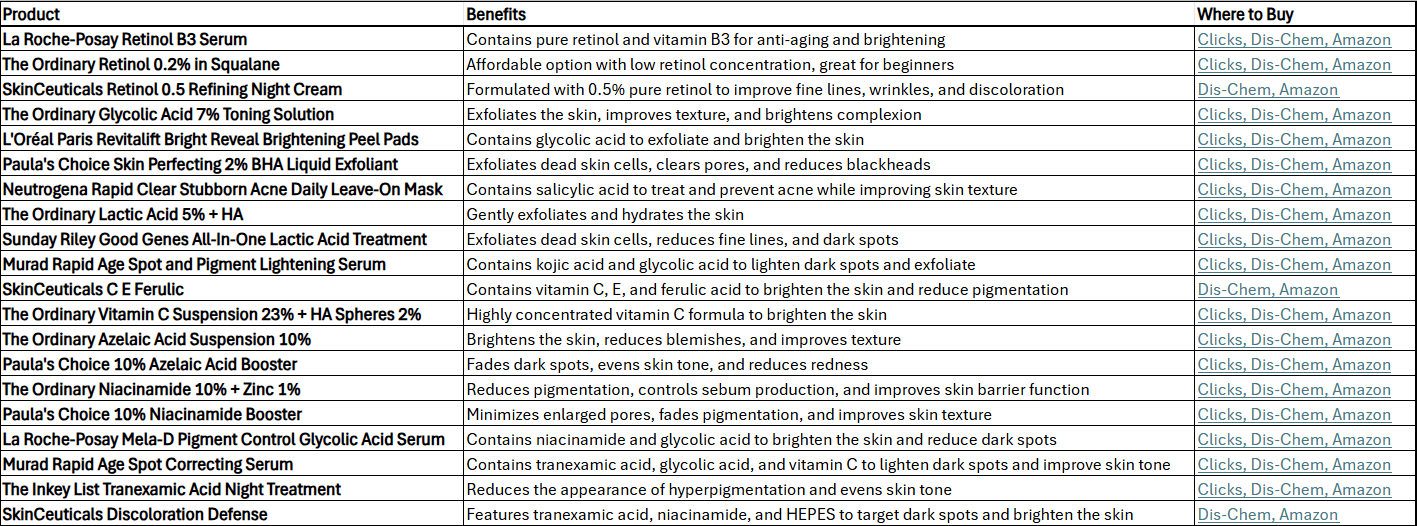
South African Brands for Hyperpigmentation Treatments
Here’s a list of South African brands that offer excellent products for hyperpigmentation, available at Clicks and Dis-Chem:
- Clicks:
- Dermopal Brightening Serum: Reduces dark spots and evens skin tone.
- Oh So Heavenly Even Tone: Affordable and effective for daily use.
- African Extracts Rooibos: Contains natural antioxidants that help in reducing pigmentation.
- Dis-Chem:
- Eucerin Anti-Pigment Dual Serum: Combines two powerful ingredients to fade spots.
- Nivea Perfect & Radiant Even Tone Day Cream: Moisturizes while targeting pigmentation.
- Bioderma Pigmentbio C-Concentrate: Targets dark spots and brightens the skin.
Product Comparison Table
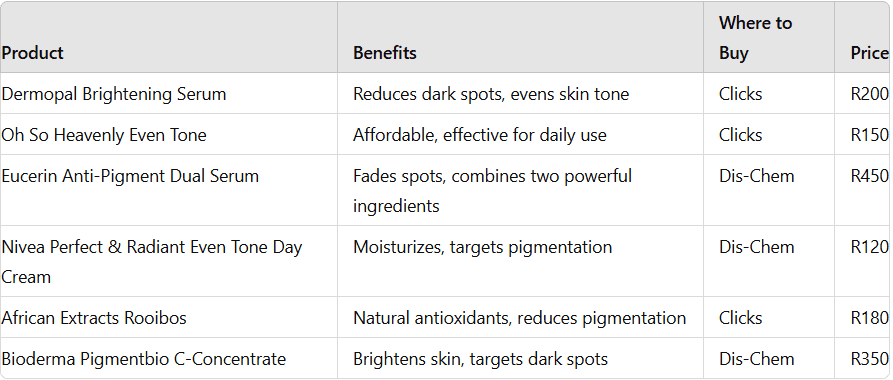
Tips for Maintaining Results
Maintaining your results after treating hyperpigmentation is just as important as the initial treatment.
- Sun Protection: Use a broad-spectrum sunscreen with not less than SPF 30 every day to protect yourself from the sun. Reapply every two hours if you’re outdoors.
- Consistent Skincare Routine: Stick to a routine that includes gentle cleansers, moisturizers, and targeted treatments for hyperpigmentation.
- Avoid picking at skin: Picking at pimples or scabs can lead to post-inflammatory hyperpigmentation. Let your skin heal naturally.
- Regular Exfoliation: Regularly exfoliate your skin to remove dead skin cells and promote cell turnover, but avoid over-exfoliating, as it can irritate.
- Healthy Diet: A diet rich in fruits, vegetables, and whole grains supports overall skin health. Drink plenty of water to keep your skin hydrated.
Conclusion on Best Cure for Hyperpigmentation
Effective treatment of hyperpigmentation necessitates a multifaceted strategy that includes regular skincare, at-home treatments, and expert treatments. You can attain a more radiant, balanced complexion by learning the most effective hyperpigmentation treatments and implementing them into your regimen. By following these tips and incorporating these treatments, you can effectively manage and reduce hyperpigmentation, leading to a more confident and radiant you. Happy skincare journey!?

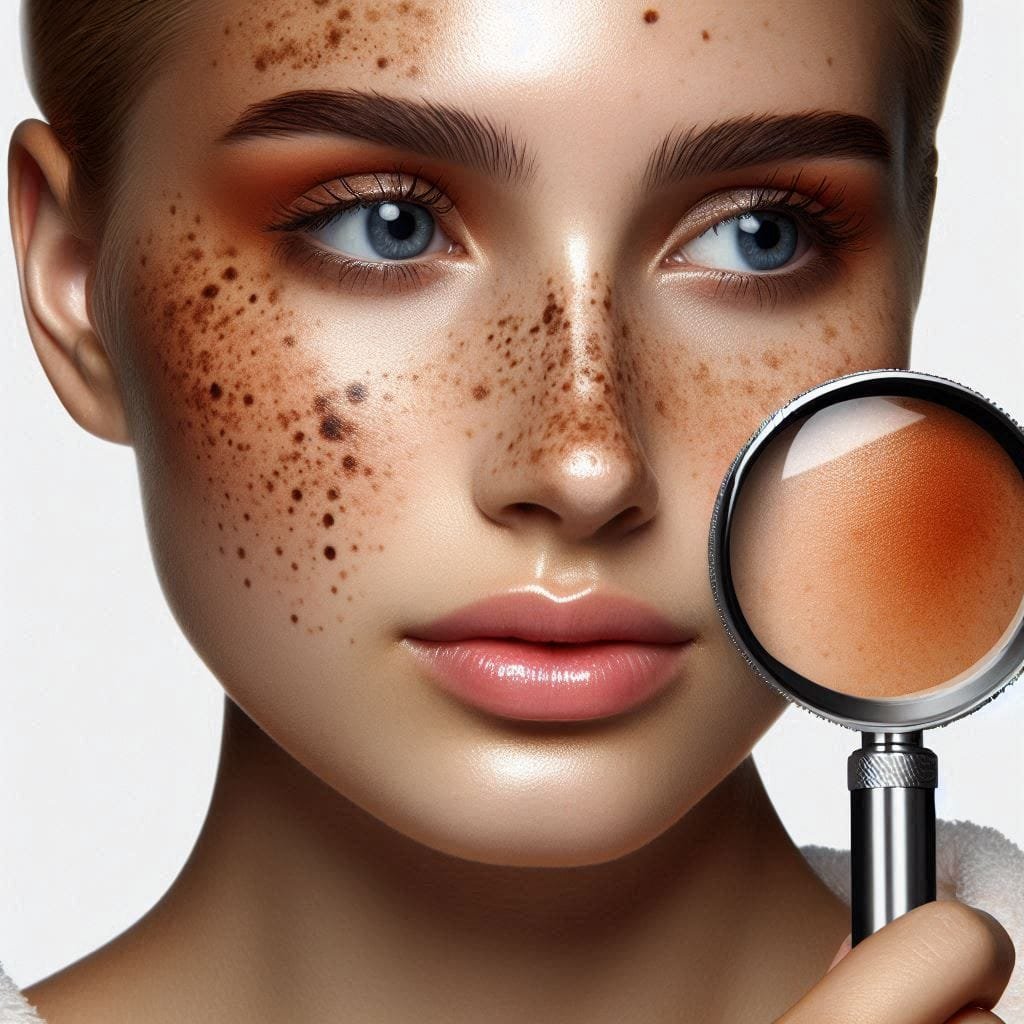
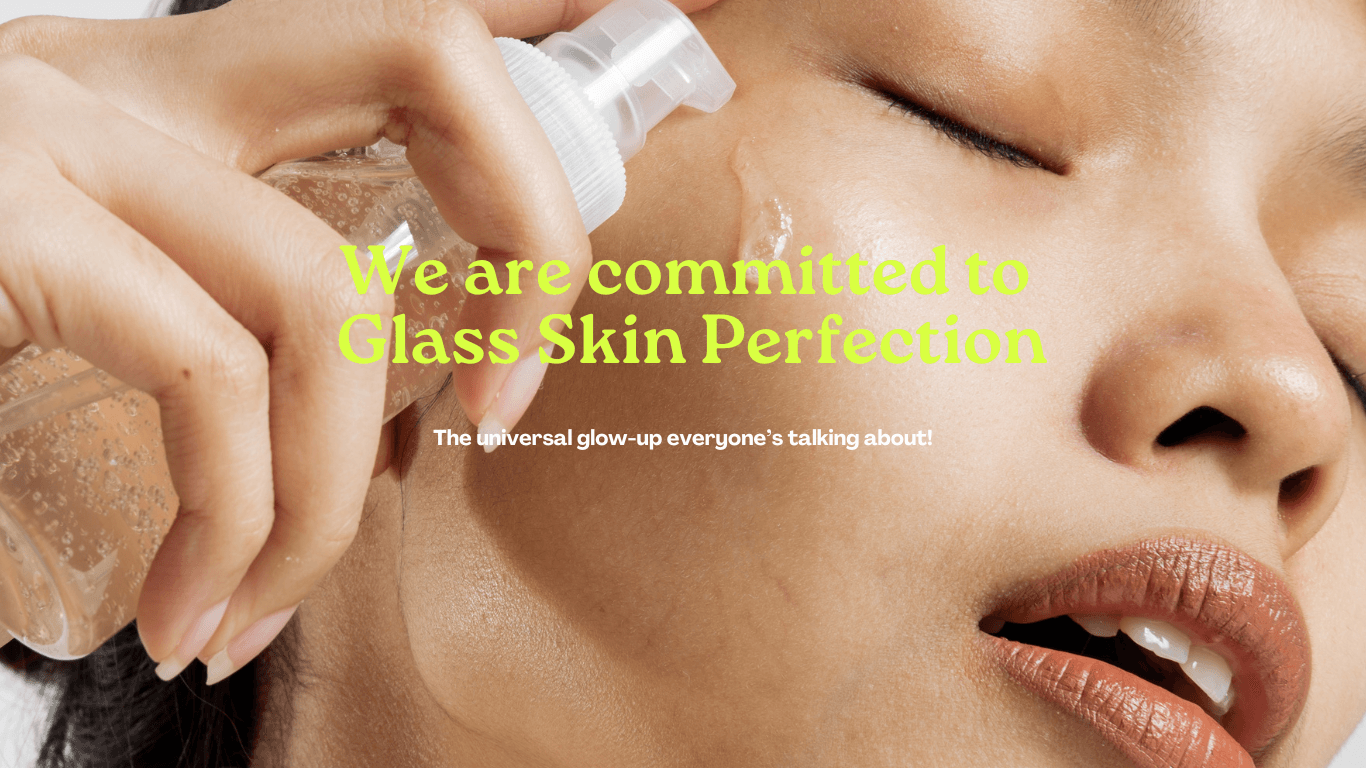
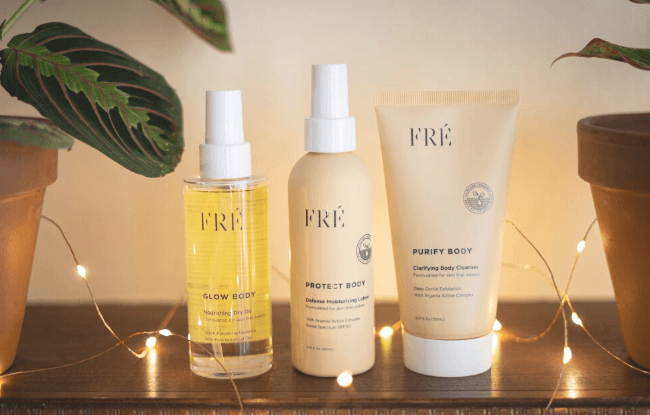
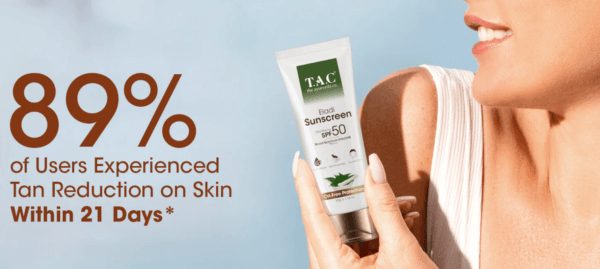
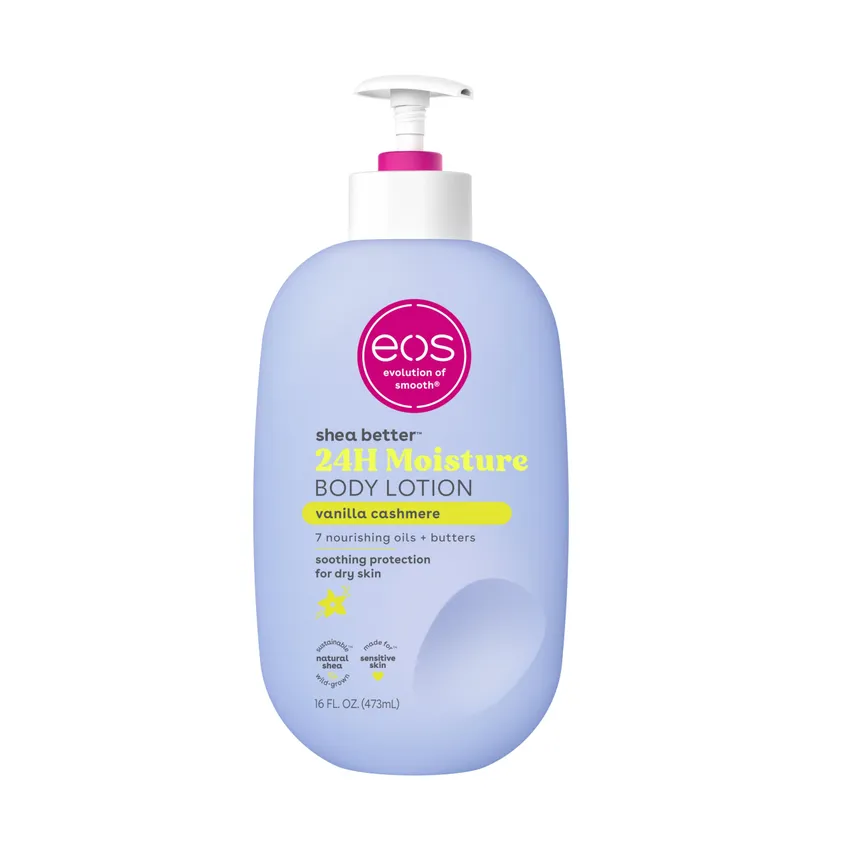

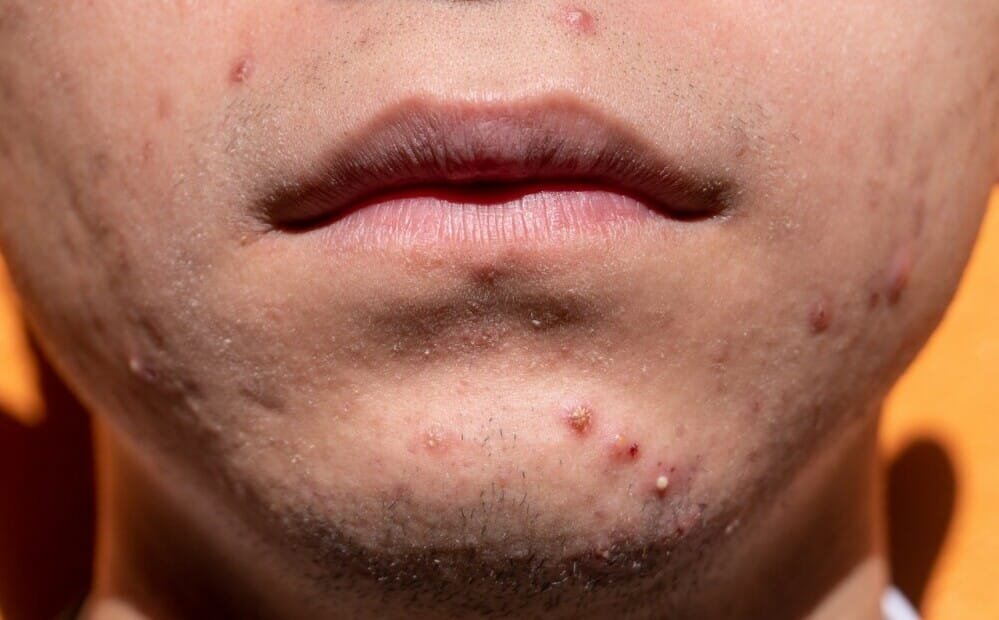

2 Comments
The article on ChicSkinRevive discusses effective treatments for hyperpigmentation, comparing products like vitamin C serums, retinoids, and chemical peels. My wife has struggled with hyperpigmentation and found that a combination of vitamin C serum and consistent sunscreen use made a noticeable difference in her skin tone. While some treatments can be pricey, the results from a consistent routine were worth it. If you’re dealing with similar issues, this guide offers helpful advice on choosing the right treatment.
Hi Cornelius,
Thank you for sharing your wife’s experience with hyperpigmentation and how the combination of vitamin C serum and consistent sunscreen use made a difference. It’s great to hear that a consistent routine provided noticeable results, even with some of the pricier treatments.
I’m glad you found the guide helpful and that it offered useful advice for choosing the right treatment. Your feedback is incredibly valuable and will definitely help others who are dealing with similar issues.
Thanks again for taking the time to read this article!
Annastasia